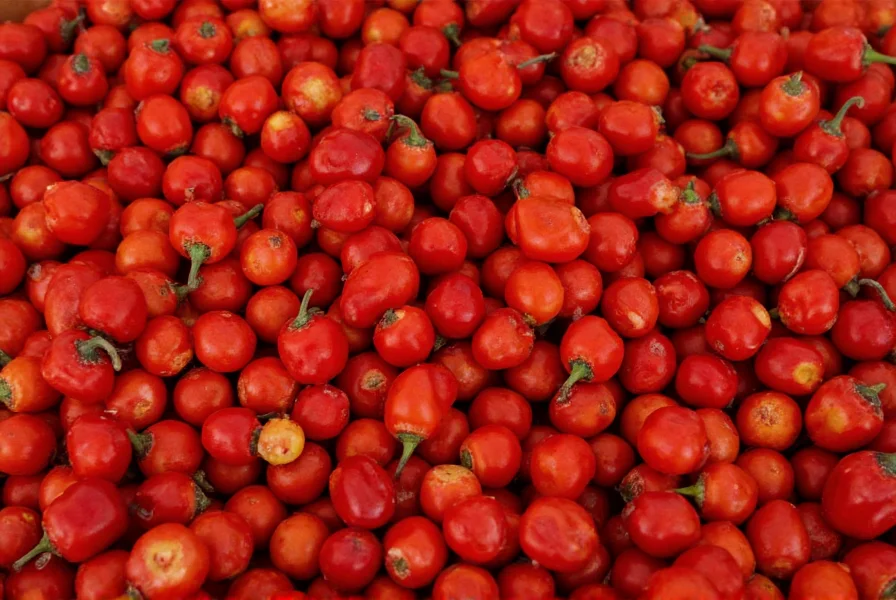Understanding pepper drops requires knowledge of their composition, effectiveness, and proper usage. These self-defense tools work by targeting the eyes and respiratory system of potential threats, creating a critical window for escape. The active ingredient, oleoresin capsicum, typically ranges from 0.18% to 1.3% concentration in consumer products, with higher concentrations providing more intense effects but potentially compromising accuracy due to thicker consistency.
How Pepper Spray Formulations Work
Pepper drops utilize a water-based or oil-based delivery system that aerosolizes the capsaicin compounds. Unlike traditional aerosol sprays that create a mist cloud, liquid formulations produce a more targeted stream that maintains effectiveness in windy conditions. The molecular structure of capsaicin binds to pain receptors in the eyes and skin, triggering an inflammatory response that lasts 30-45 minutes in most cases.
Legal Considerations by Region
Laws regarding pepper drops vary significantly across jurisdictions. In the United States, federal regulations permit civilian possession of pepper spray containing up to 2% OC, but individual states impose additional restrictions:
| Region | Legal Status | Concentration Limits | Age Restrictions |
|---|---|---|---|
| California | Legal | 2.5 oz container max | 18+ required |
| New York | Permit required | Must purchase from licensed dealer | 18+ with permit |
| Texas | Legal | No specific limit | 18+ recommended |
| Washington DC | Illegal | N/A | N/A |
Safety Guidelines for Responsible Use
Proper handling of pepper drops prevents accidental discharge and ensures effectiveness when needed. Always store these self-defense products in accessible locations but away from extreme temperatures that could compromise the formulation. Practice drawing the container from your pocket or bag to reduce reaction time during emergencies. Never point pepper drops at anyone during practice sessions, and regularly check expiration dates as OC compounds degrade over time.
When selecting personal protection drops, consider factors like stream distance (typically 8-12 feet for liquid formulations), container size (2-4 oz recommended for pocket carry), and safety mechanisms. Stream patterns provide better accuracy than fog patterns in outdoor environments, making them ideal for runners and cyclists concerned about wind interference with traditional sprays.
First Aid for Accidental Exposure
Immediate action minimizes discomfort from accidental pepper spray exposure. Flush affected areas with cool water for 15-20 minutes—do not rub eyes as this spreads the oil-based compounds. Milk or Maalox can help neutralize capsaicin on skin, but avoid applying these to eyes. Most symptoms subside within 30-45 minutes, though residual irritation may last several hours. Seek medical attention if breathing difficulties persist beyond 60 minutes or if exposure occurs in enclosed spaces.
Training and Practice Recommendations
Effective self-defense with pepper drops requires muscle memory developed through regular practice. Conduct dry runs monthly to maintain proficiency, using empty containers to simulate deployment. Consider taking certified personal safety courses that include pepper spray training—many law enforcement agencies offer civilian workshops covering legal considerations and tactical deployment. Remember that pepper spray works best when combined with awareness of your surroundings and escape planning.
Pepper Drops vs. Alternative Self-Defense Options
When comparing personal protection options, pepper drops offer distinct advantages over alternatives like stun guns or tactical pens. They provide standoff distance (8-12 feet versus contact range for other tools), work effectively against multiple attackers, and have minimal legal restrictions in most areas. However, effectiveness decreases in windy conditions or against individuals under the influence of drugs that may reduce pain sensitivity. Consider your specific needs and local regulations when selecting self-defense tools.
Frequently Asked Questions
How long do the effects of pepper drops last?
Most people experience effects for 30-45 minutes, though residual irritation can last several hours. Factors like concentration, exposure amount, and individual sensitivity affect duration. Complete recovery typically occurs within 4-6 hours with proper first aid.
Can pepper drops be used on animals?
Special formulations exist for animal defense (bear spray), but human pepper drops may cause severe reactions in pets. Standard pepper spray contains higher capsaicin concentrations than animal-specific products. Never use human pepper spray on pets—consult a veterinarian for appropriate animal deterrents.
Do pepper drops expire?
Yes, most pepper drops have a 2-4 year shelf life. The active ingredients degrade over time, reducing effectiveness. Check manufacturer expiration dates and replace annually if carried regularly. Store in cool, dry places away from direct sunlight to maximize potency.
Are pepper drops legal for airline travel?
No, TSA prohibits pepper spray in both carry-on and checked luggage. The Federal Aviation Administration bans all self-defense sprays on aircraft due to potential cabin contamination risks. Leave pepper drops at home when traveling by air and research local self-defense laws at your destination.
How should I store pepper drops for maximum effectiveness?
Store pepper drops at room temperature away from direct sunlight and extreme temperatures. Avoid leaving them in vehicles where summer heat can exceed 120°F, degrading the active compounds. Keep the safety cap secured and periodically check for clogs by testing in a safe outdoor area. Replace annually or per manufacturer guidelines.











 浙公网安备
33010002000092号
浙公网安备
33010002000092号 浙B2-20120091-4
浙B2-20120091-4